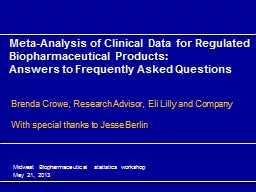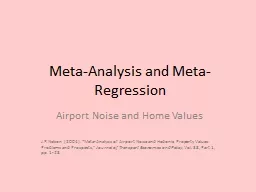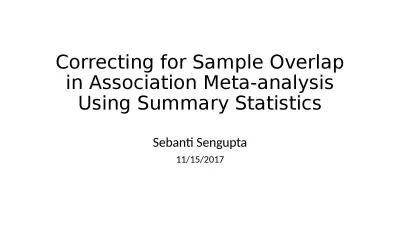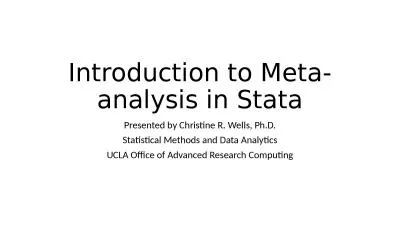PPT-Meta-Analysis of Clinical Data for Regulated Biopharmaceutical Products:
Author : cheryl-pisano | Published Date : 2018-11-10
Answers to Frequently Asked Questions Brenda Crowe Research Advisor Eli Lilly and Company With special thanks to Jesse Berlin Midwest Biopharmaceutical statistics
Presentation Embed Code
Download Presentation
Download Presentation The PPT/PDF document "Meta-Analysis of Clinical Data for Regul..." is the property of its rightful owner. Permission is granted to download and print the materials on this website for personal, non-commercial use only, and to display it on your personal computer provided you do not modify the materials and that you retain all copyright notices contained in the materials. By downloading content from our website, you accept the terms of this agreement.
Meta-Analysis of Clinical Data for Regulated Biopharmaceutical Products: : Transcript
Download Rules Of Document
"Meta-Analysis of Clinical Data for Regulated Biopharmaceutical Products: "The content belongs to its owner. You may download and print it for personal use, without modification, and keep all copyright notices. By downloading, you agree to these terms.
Related Documents














